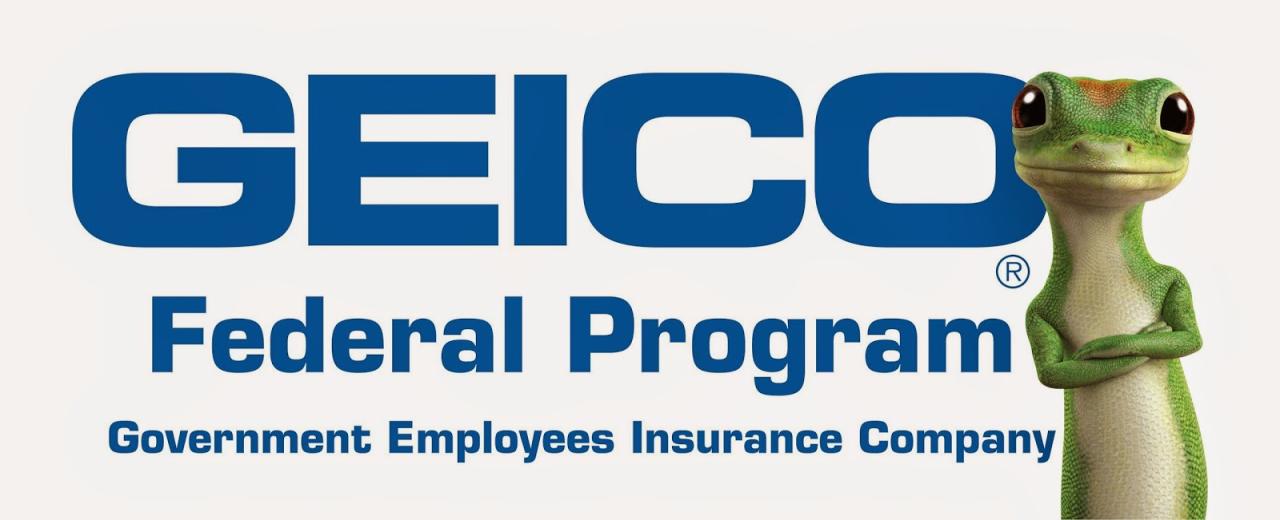Navigating the Maze: A Guide to Auto Insurance Quotes in CT
Connecticut’s auto insurance market is a complex landscape, with a unique blend of regulations, insurance providers, and factors influencing premiums. Understanding the nuances of this market is crucial for drivers seeking the best coverage at a competitive price. This guide will provide insights into the key factors affecting auto insurance quotes in Connecticut, helping you navigate the process of obtaining and comparing quotes, and ultimately, securing the right policy for your needs. From understanding the state’s minimum insurance requirements to exploring optional coverage options, we’ll cover everything you need to know to make informed decisions about your auto insurance. We’ll also delve into strategies for saving money on premiums, including discount opportunities and safe driving practices. Understanding Connecticut’s Auto Insurance Landscape Connecticut’s auto insurance market presents a unique blend of regulations, consumer choices, and cost considerations. The state’s approach to auto insurance prioritizes affordability while ensuring adequate coverage for drivers. Connecticut’s Auto Insurance Regulations Connecticut’s auto insurance regulations aim to balance affordability and consumer protection. The state mandates minimum liability coverage, ensuring drivers have financial protection in case of an accident. The state’s regulations also encourage competition among insurers, offering consumers a wider range of choices and potentially lower premiums. Connecticut’s Auto Insurance Laws Several laws influence the state’s auto insurance landscape. The Connecticut No-Fault Law, for example, requires drivers to file claims with their own insurance companies regardless of who caused an accident. This streamlines the claims process and helps reduce litigation. Common Auto Insurance Types in Connecticut Connecticut drivers have access to various auto insurance types, each designed to cover specific risks. These include: Liability Insurance: This essential coverage protects drivers financially if they cause an accident that injures another person or damages their property. Connecticut requires drivers to carry a minimum amount of liability insurance. Collision Coverage: This coverage pays for repairs or replacement of your vehicle if it’s damaged in an accident, regardless of fault. It’s optional but highly recommended, especially for newer vehicles. Comprehensive Coverage: This coverage protects your vehicle against damage caused by events other than accidents, such as theft, vandalism, or natural disasters. It’s also optional but provides valuable protection against unexpected losses. Uninsured/Underinsured Motorist Coverage: This coverage protects you financially if you’re involved in an accident with a driver who doesn’t have adequate insurance or no insurance at all. It’s essential for safeguarding your financial well-being in such situations. Personal Injury Protection (PIP): This coverage, also known as no-fault coverage, helps pay for medical expenses, lost wages, and other related costs after an accident, regardless of fault. It’s a mandatory coverage in Connecticut. Key Factors Influencing Auto Insurance Quotes in CT Connecticut’s auto insurance market is regulated and competitive, with numerous factors influencing the price of your policy. Understanding these factors can help you make informed decisions to potentially lower your premiums. Driving History Your driving history plays a significant role in determining your auto insurance rates. A clean driving record with no accidents or violations will generally result in lower premiums. Conversely, accidents, traffic violations, and DUI convictions can significantly increase your rates. Insurance companies consider the severity and frequency of incidents, and a history of risky driving behavior can lead to higher premiums or even policy cancellations. Vehicle Type The type of vehicle you drive is another crucial factor influencing insurance costs. Luxury cars, sports cars, and high-performance vehicles are typically more expensive to insure due to their higher repair costs and potential for greater damage in accidents. Conversely, smaller, less expensive vehicles generally have lower insurance premiums. Age Your age can also impact your auto insurance rates. Younger drivers, especially those under 25, are statistically more likely to be involved in accidents. This higher risk is reflected in higher premiums. As drivers age and gain more experience, their risk profile typically decreases, leading to lower insurance costs. Location The location where you live can significantly affect your auto insurance rates. Areas with higher crime rates, traffic congestion, and accident frequency tend to have higher premiums. Insurance companies consider the likelihood of accidents and claims in specific regions when setting rates. Credit Score In Connecticut, insurance companies are allowed to consider your credit score when calculating your auto insurance premiums. This practice is controversial, but it is based on the idea that individuals with good credit scores are more likely to be responsible drivers and pay their premiums on time. However, it is important to note that credit score is only one factor among many, and its impact can vary depending on the insurance company. Coverage Levels The level of coverage you choose will directly impact your insurance premiums. Higher coverage limits, such as higher liability limits or comprehensive and collision coverage, will generally result in higher premiums. However, these higher limits offer greater financial protection in the event of an accident or damage to your vehicle. Getting Accurate Auto Insurance Quotes in Connecticut Navigating the world of auto insurance quotes in Connecticut can be a daunting task, with numerous providers offering various plans and discounts. Obtaining accurate quotes is crucial for finding the best coverage at the most competitive price. This section provides a step-by-step guide to help you obtain accurate quotes from different insurance providers in Connecticut. Gathering Information for Accurate Quotes To generate accurate auto insurance quotes, insurance companies require specific information about your vehicle, driving history, and personal details. The following table Artikels the essential information needed for accurate quote generation: Information Category Details Required Example Vehicle Information Year, make, model, vehicle identification number (VIN), mileage, and type of vehicle (e.g., sedan, SUV, truck) 2020 Honda Civic, VIN: 1ABC234567890, 30,000 miles, Sedan Driving History Driving record, including any accidents, traffic violations, and DUI convictions Clean driving record, no accidents or violations in the past five years Personal Information Name, address, date of birth, gender, marital status, occupation, and contact information John Doe, 123 Main Street, Hartford, CT, 06101, 01/01/1990, Male, Married, Software Engineer, (860) 555-1212 Coverage Preferences Desired coverage levels, including liability limits, collision, comprehensive, and uninsured/underinsured motorist coverage Liability limits of $100,000/$300,000, collision and comprehensive coverage, uninsured/underinsured motorist coverage with $100,000 limits Obtaining Quotes from Different Providers To obtain quotes from various insurance providers, you can follow these steps: Utilize Online Quote Tools: Many insurance companies offer online quote tools on their websites. These tools allow you to enter your information and receive instant quotes. Contact Insurance Agents: You can contact insurance agents directly, either in person or over the phone, to obtain quotes. Agents can provide personalized assistance and answer any questions you may have. Use Comparison Websites: Several websites, such as Policygenius and Insurify, allow you to compare quotes from multiple insurance providers in one place. Maximizing Accuracy and Reliability of Quotes Here are some tips to maximize the accuracy and reliability of the auto insurance quotes you receive: … Read more




